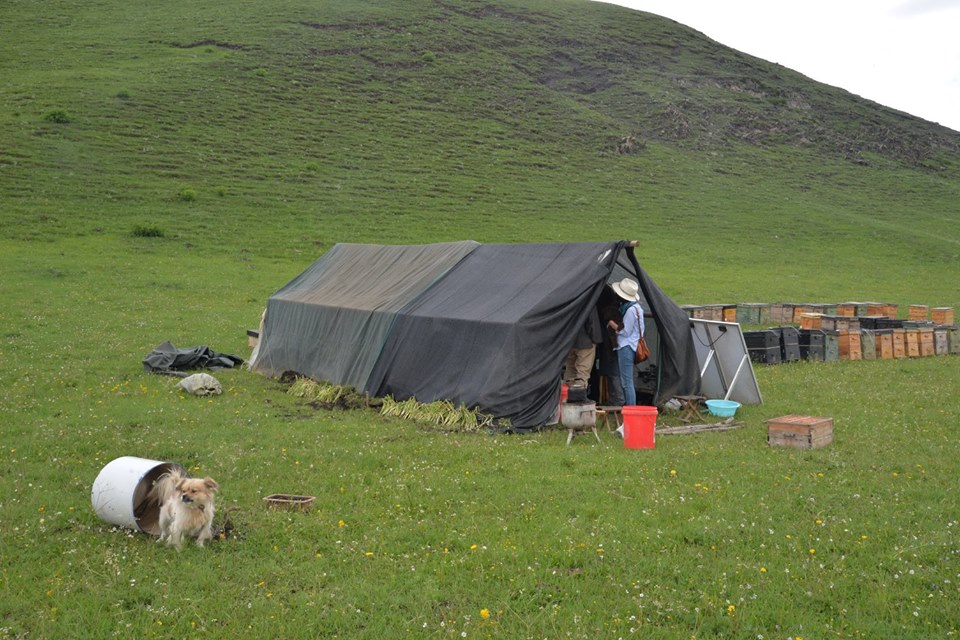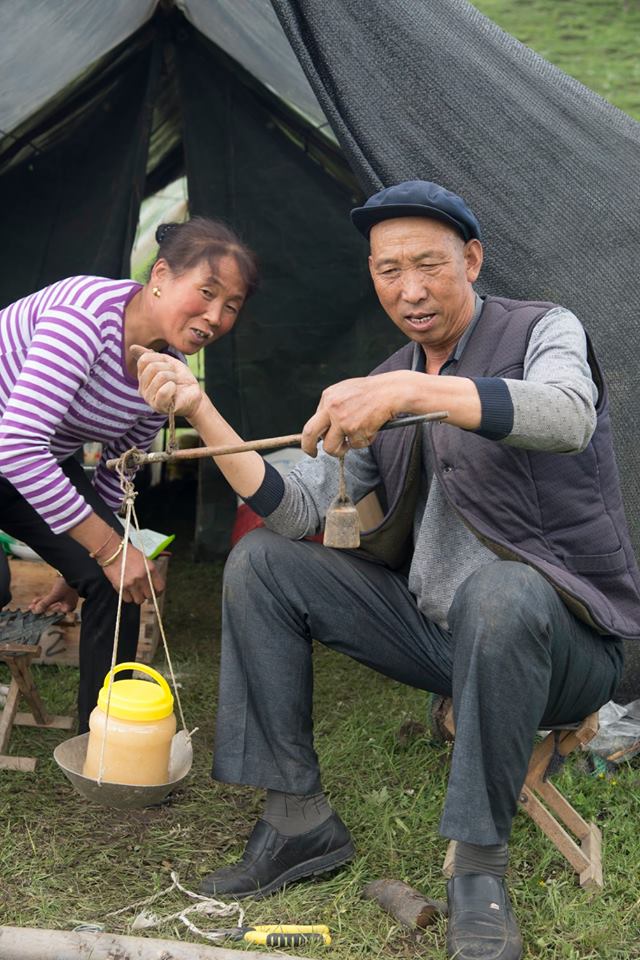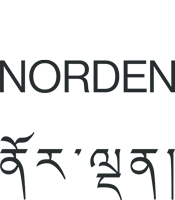The Honey People
/They come every year; Huis from the nearby plains, the Linxia area at the base of the plateau. They appear in mid June, with the first flowers, and pitch their little tents along the road between Tso and Ritoma, arranging their wooden beehives in neat circles or squares. Then they wait for their bees to do the job, gather nectar from the flowers that carpet the pasture in July and August and make honey. The first time I bought honey I was disappointed to see it coagulate into a sugary mass. When we started Norden, honey became important and Yidam talked the honey men, striking a deal for something pure that we have had ever since. I always wanted to photograph the honey people. We always drove by their little encampments, and I would see them sitting outside their tents, with their wobbly tea kettle and assortment of clutter. Last week, we decided we needed honey and stopped by the road. While Jampa and Serwo discussed prices, the honeyman’s wife was taken in by my camera, which she tried to wrestle from my hand. Thinking she had a desperate urge to take pictures, I let her have it and she went swinging all around her tent looking through the lens with exclamations of joy. I had to wrestle a little to get it back and Dechen thought we might get into a fight. Serwo began to move away, echoed in his distaste by Jampa, saying they were too expensive. I told them I wanted my photos and Dechen said we didn’t mind paying a little more. The tall, lanky honey man collected the honey from the back of the tent and weighted 2 kg. I took my photos while their little dog, tied in front of its tin can doghouse, yapped away. I didn’t venture near the bees, which were already buzzing heavily at a distance from the tent. Text and Photos by Kim Yeshi






